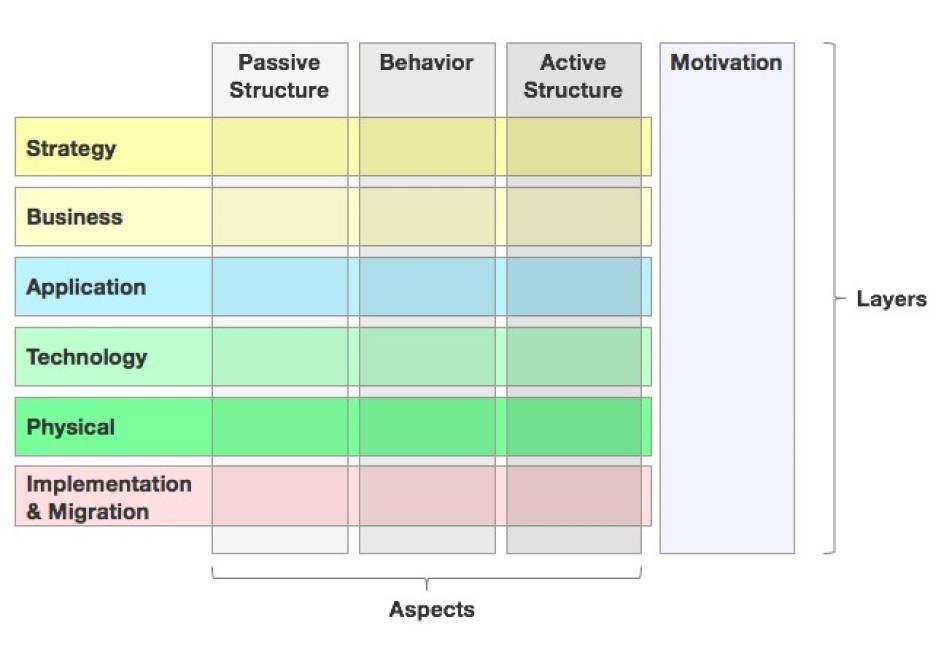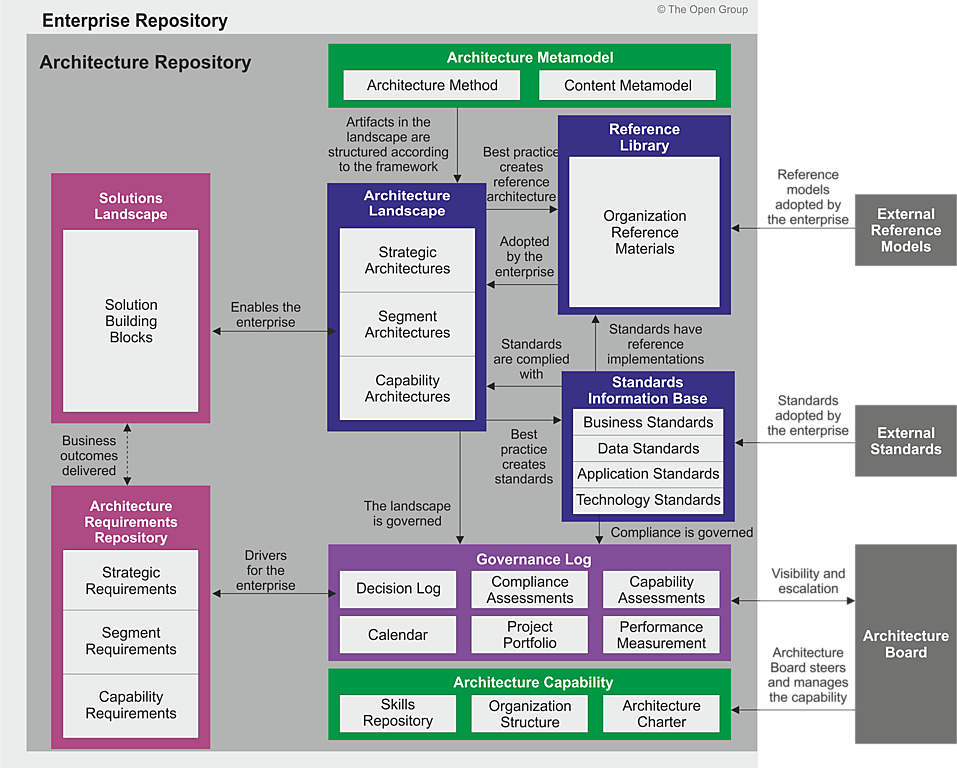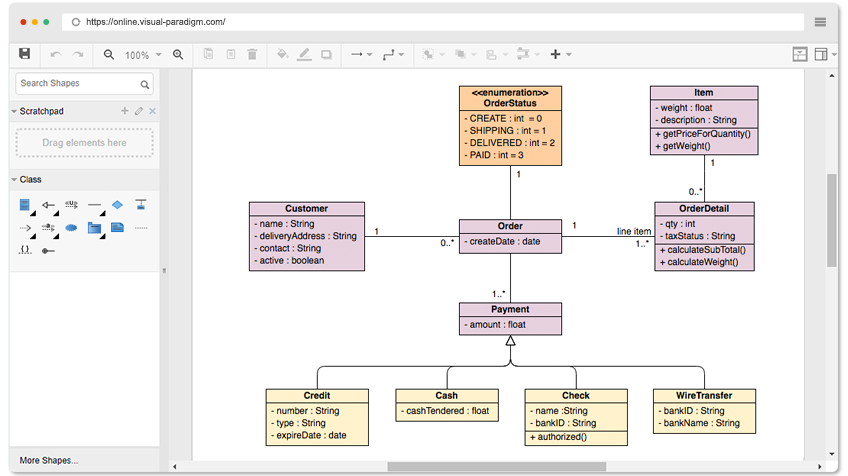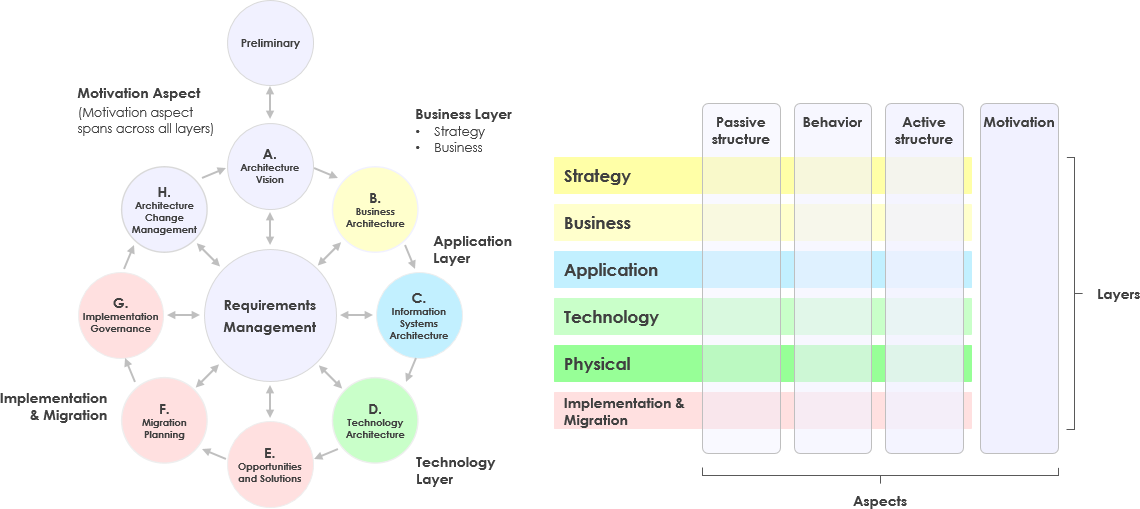Introduction to ArchiMate Risk Analysis View for Enterprise Architecture
The Risk Analysis View in ArchiMate helps in identifying, assessing, and managing risks within an organization. This view is crucial for aligning IT security measures with business goals and ensuring compliance with standards like ISO 27001. Step-by-Step Guide Identify Risks Risk (Assessment): Represented by a purple oval with a stick figure and shield icon. This element symbolizes potential security threats to the organization. Assess Risks Risk Assessment: A purple document shape that evaluates each identified risk to understand its impact and likelihood. Define Control Objectives Risk Control Objective: A blue rectangle with ‘A’…continue reading →









